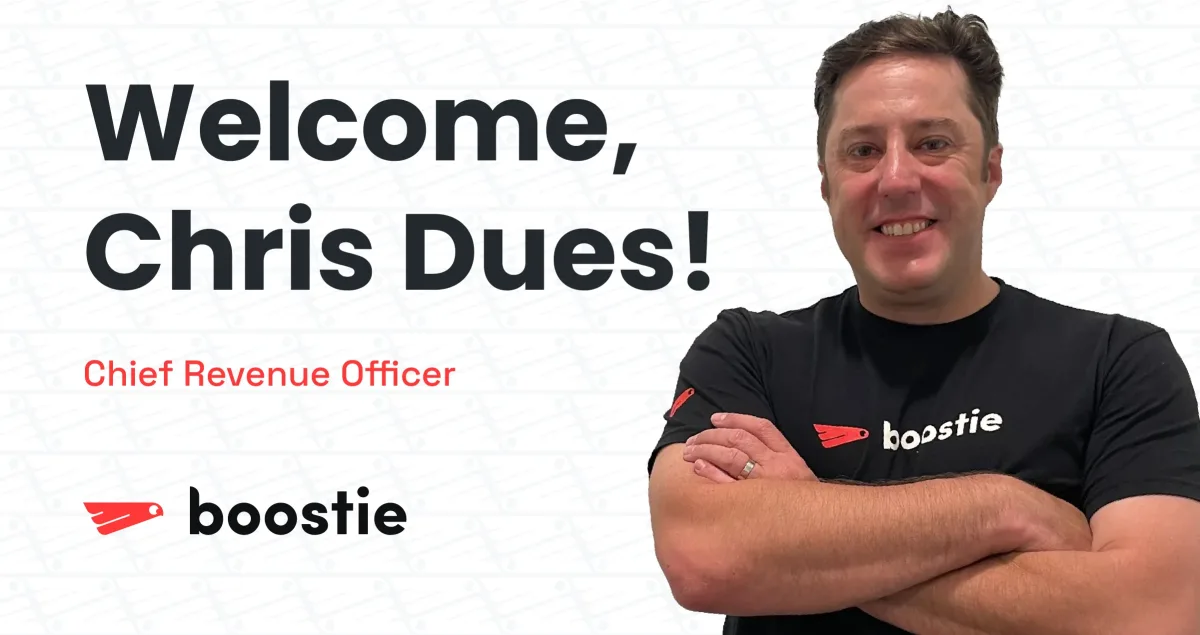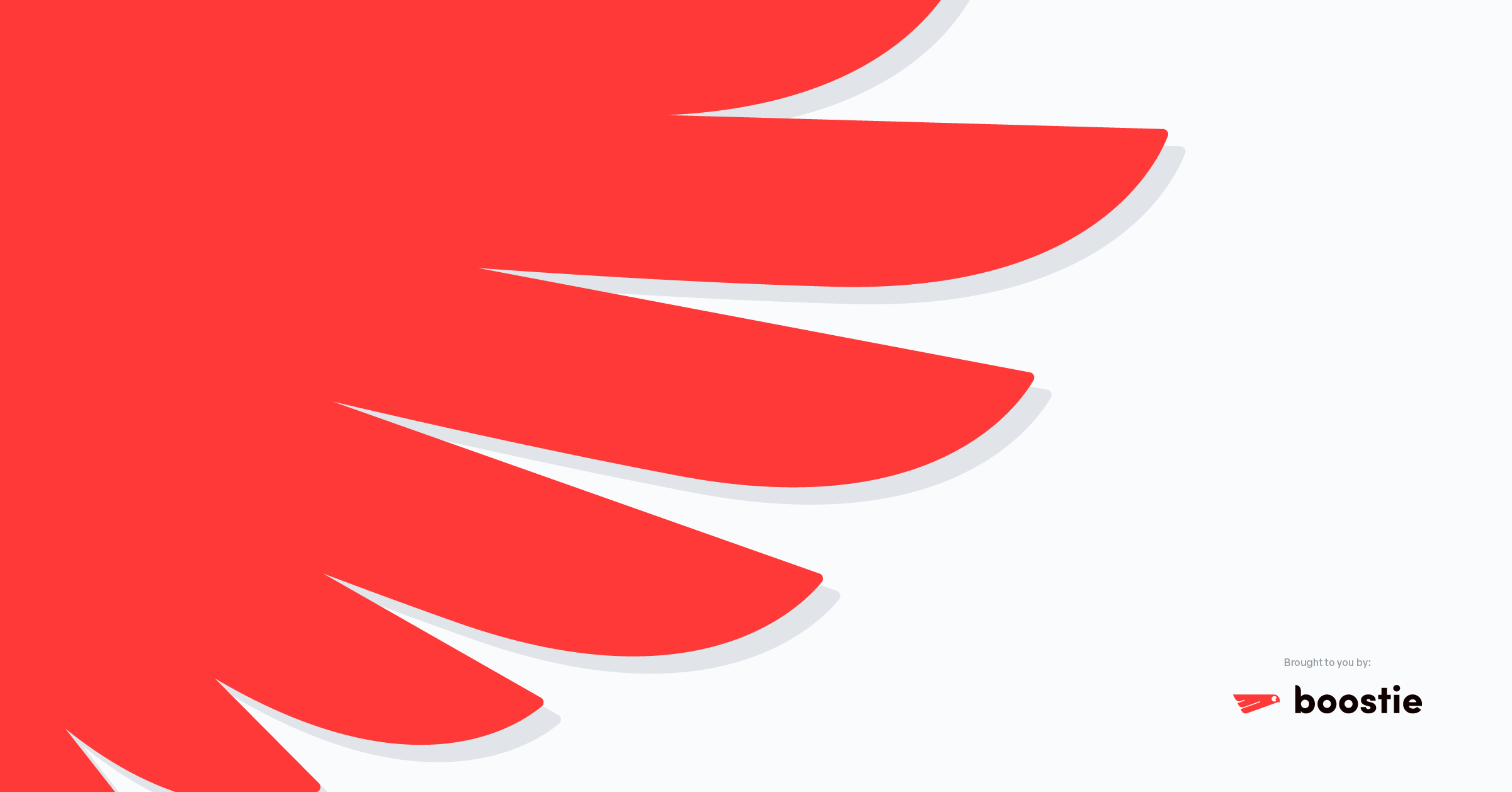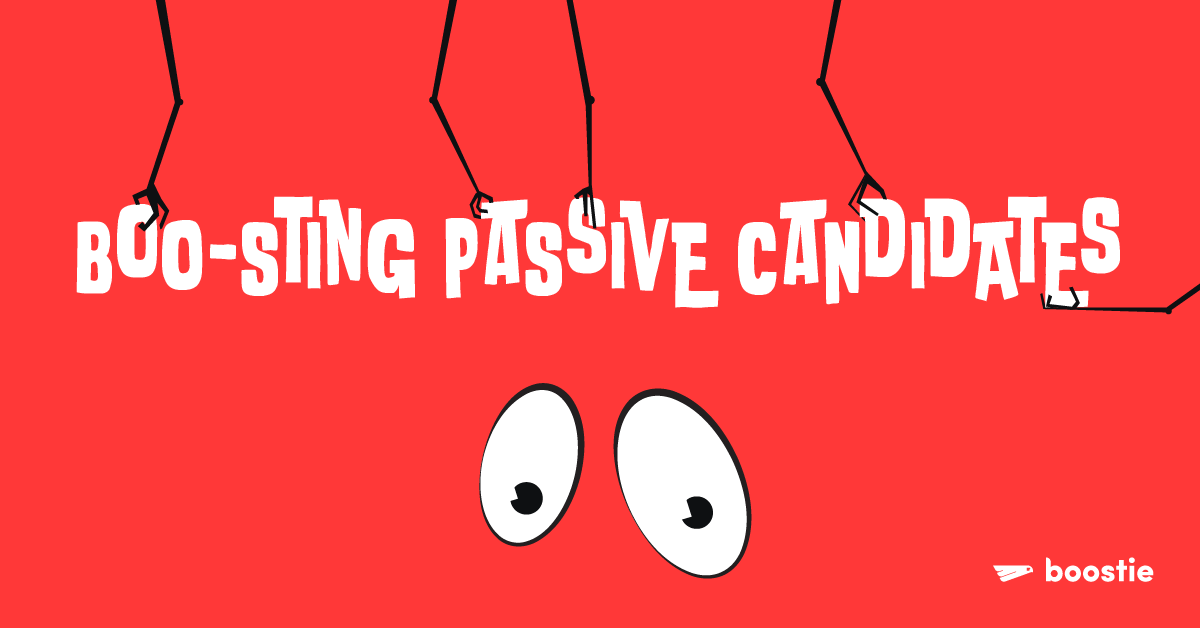Gather round dear readers.
As the moon casts an eerie glow across the job market, it’s time to embark on a spine-tingling journey into the world of passive candidates.These elusive job seekers lurk in the shadows of the professional realm, just waiting to be discovered.
Join me as we uncover where candidates quietly haunt the dark corners of your recruitment radar, leaving no trace until the right opportunity comes gently rapping, rapping at their chamber doors.
Grab a flashlight as we enter the realm of passive candidates and turn the scare factor down and the hiring factor up!
First, a passive primer
[turning off Vincent Price button on keyboard now]
I think we all have a pretty good idea of what ‘passive candidate’ means, but here is a short primer of their characteristics for the uninitiated.
Passive candidates are individuals who are currently employed and not actively seeking a new job but might be open to new career opportunities if the right one comes along. These candidates are typically content in their current roles, and they may not be actively applying for jobs or reaching out to recruiters.
While they may not be actively looking, research shows anywhere from 75-96% of people are always open to exploring a new role…if it’s a good fit.
So it’s not that a passive candidate isn’t open to moving, they just aren’t actively looking.
For reference, here are some characteristics most passive candidates share.
- They’re gainfully employed – they are already working for another company, in a role similar to your opening.
- Not actively job hunting – they aren’t applying to 5 jobs a day or proactively searching for a new job.
- They’re valuable at their current job – they have the skills, expertise and experience you need.
- More selective – they aren’t in a rush to find something new and can be slow to respond or make a move.
While it may seem impossible to break-through the barrier, with the right strategy and tools, you can get in front of passive talent and move them into your camp.
While they may not be actively looking, research shows anywhere from 75-96% of people are always open to exploring a new role.
Sourcing passive talent
When I first entered the world of recruiting technology in 2007, passive talent was as elusive then as it is now. The good thing about today though, is we have tools to get in front people in ways we didn’t 16 years ago.
- Behavioral targeting – this involves using the data and preferences that users share on their public profiles to identify and reach out to potential passive candidates. By leveraging information such as job titles, industry affiliations, and interests, recruiters can create highly targeted ad campaigns.
- Referral programs – Encourage your internal employees and contractors to refer passive candidates they may know from their professional networks. Passive candidates are more likely to consider job opportunities when they come through trusted connections. Implementing an employee referral program can be an effective way to tap into your employees’ networks and identify potential passive talent.
- Social talent communities – Connect with talent on social networks and build online talent communities or talent pools. Invite connections with similar interests to join and stay engaged with your organization’s updates and job opportunities.
- Targeted advertising – Getting an ad in front of the right person at the right time is important. It’s even more important when that person isn’t looking a new job, let alone yours. Using broad-reach advertising allows you be ever-present to a group of people you’d like to drive to your open roles.
- Candidate engagement – Likely the most foundational of all concepts. Consistently engaging with candidates makes them more likely to look to your firm vs a competitors. Automation makes this easier than ever and having a high-touch experience for every person in your ATS leads to better recall, faster placement times and improved brand reputation.
Remember that building relationships and establishing trust are key when targeting passive candidates. These tactics should be part of a broader recruitment strategy that considers the unique needs and preferences of passive talent in your industry.
Outro
[turns on Vincent Price button…eek!]
As the moon sets and our time draws to a close, our exploration of the enigmatic world of passive candidates nears its end.
Just as behavioral targeting brings precision to your recruiting, referrals light the path forward, and strategic advertising beckons talent from the shadows. Remember, dear reader, that while the journey may seem as intricate as a maze in a haunted house, these tactics are your lantern in the dark.
Embrace the thrill of the hunt and the joy of discovering hidden gems among passive talent. With the right blend of strategy, networking, and technology, you can unlock the crypt and unveil the stars of your team.
As the clock strikes midnight and the spectral winds of the job market settle, we say farewell to our journey into the mysterious realm of passive candidates.




